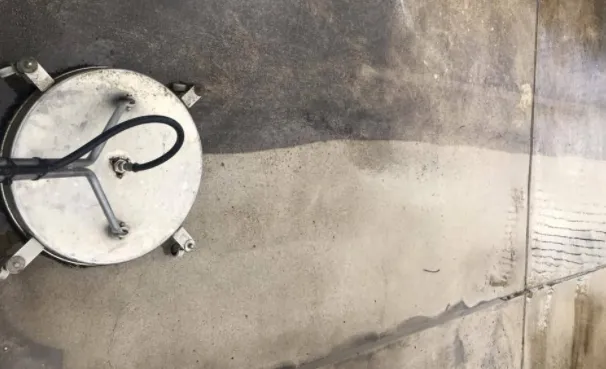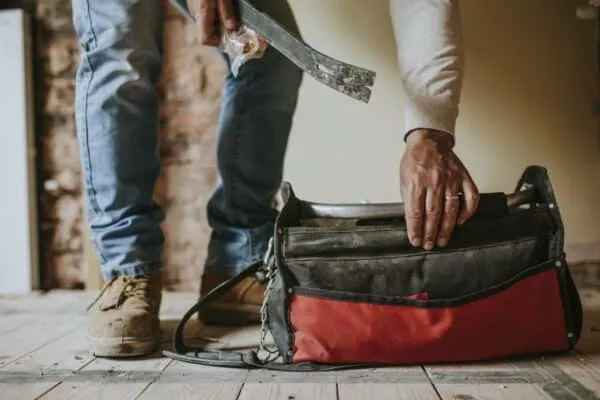If you don’t use any power machine it is of no offense. But, if you try to operate one without proper know-how, that’s too dangerous. Before you handle a pressure washer, you should learn how to start a pressure washer maintaining SOP (standard operating procedure).
In today’s article, we are going to discuss everything you need to know about starting/using a pressure washer. After reading this piece, you will be confident enough to use a power washer more safely, smartly, and like a pro.
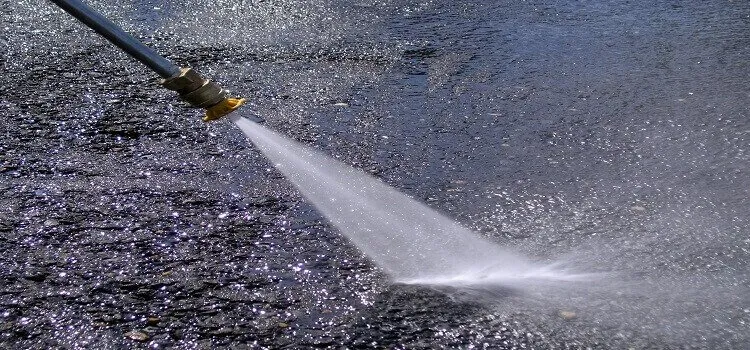
Pressure Washer Basics Components
The primary job of a pressure washer is to clean things with its flow of water. The pressure washer can do the job with great efficiency and smartly. To perform the cleaning job, a pressure washer has some important components. Before you get to your cleaning job, you need to have some basic knowledge of some crucial parts. All of them are discussed below, in short, to save you time.
Water Inlet: A hose connector between the pressure washer and water supply. This inlet collects water from the supply and provides that to the power washer. The smooth operation of a power washer depends on how effective its inlet to supply water.
Motor (gas or electric): Motor is the most important component of a pressure washer. It gets powered by the gas or electricity and converts that power into mechanical power. It produces enough power to run the pressure pump according to your preset speed. The power of a pressure washer is its motor’s efficiency.
Pressure Pump: The pressure pump is operated by the motor and regulated by the unloader or regulator valve. The pressure pump is responsible to make sure that it produces enough water flow to clean your stuff.
Pressure Hose: Pressure hose carries the water from the outlet of the pressure washer to your desired place. The long the pressures hose the more range it can cover. You need to check the pressure hose carefully to ensure its serviceability.
Cleaning Material: Cleaning material is used to clean the dirt more professionally and quickly. Detergent is used as the cleaning material of a pressure washer. Furthermore, you will find different types of cleaning attachments as well. Depending on your jobs, you can use a gun, sprayer, or a rotating brush.
Types of pressure washer
The pressure washer is mainly two types i.e. gas power washer and electric pressure washer. Furthermore, the power of pressure washers is taken into account to classify them. A pressure washer can have power ranging from 2000 psi to 4200 psi. Among them, 3000 psi pressure washer is commonly used for performing medium to heavy-duty.
As we don’t know what type of pressure washer you are using, we are going to discuss both gas and electric power washer. Read the one which fits your needs.
How to start a gas pressure washer
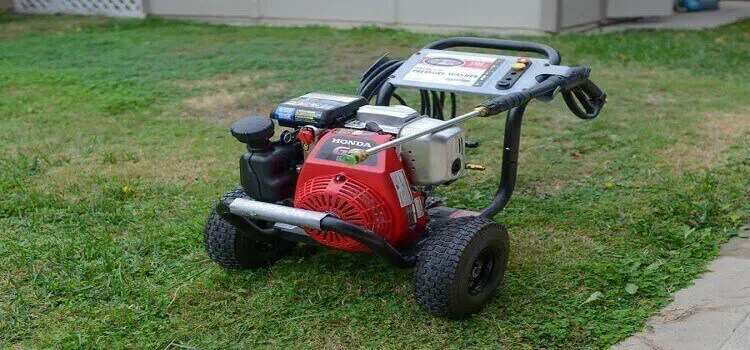
To start your gas pressure washer follow these simple steps carefully:
a. Before you start proceeding, place your pressure washer on a flat and plane surface.
b. Make sure that the water strainer is clean and in the right place.
c. Now, connect your garden hose with the main water supply. Then connect another end of the hose to your pressure washer inlet.
d. After that, connect the high-pressure hose to the outlet of the pressure washer. Make sure you tight the power hose perfectly to avoid displacement during high pressure.
e. The other end of the power hose should connect to a powerful gun, sprayer or rotating brush. Decide that depending on your requirements.
f. Set the unloader valve according to your needs. It’s recommended that you set the unloader valve before starting your job. Learn how to set the unloader/regulator valve on the pressure washer.
g. Now attach the nozzle attachment according to your job. Make sure you select the appropriate nozzle for your job.
h. Check the oil and fuel level of your pressure washer.
Now you’re ready to start the pressure washer
- Place the fuel valve to the open position.
- Move the choke to the open position.
- Move the engine throttle to full throttle position.
- Now, move the startup switch to the “ON” position.
How to start an electric pressure washer
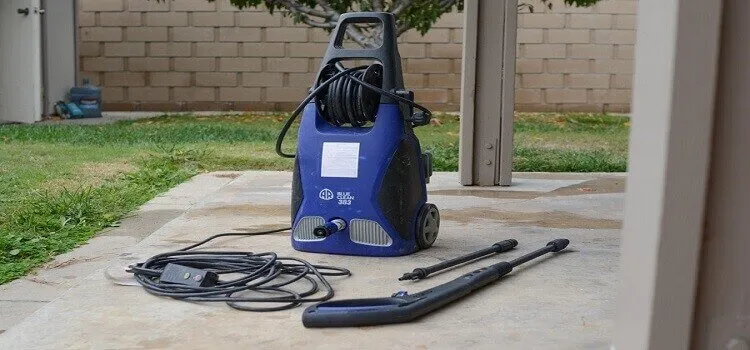
An electric pressure washer is lighter than gasoline one and easier to handle. But, you have to be more careful while using it. The steps of starting an electric pressure washer are simpler and less time-consuming. Well, let’s start:
a. Make sure the connector plug of electricity is perfectly connected to the power hub. Any loose connection may cause short-circuit and fire.
b. Make sure the water strainer is free from debris and place it in the right position.
c. Connect the inlet hose to the main water supply and pressure washer inlet.
d. Connect the high-pressure hose to the outlet of the pressure washer and leave out another end for cleaning attachment.
e. Set the pressure regulator according to the job nature.
f. Choose the power nozzle attachment and secure it with collar snaps.
g. Start the motor and let the air be purged out to get out of excess air.
h. Connect cleaning attachment with the high-pressure hose.
Now, you are ready to turn “ON” the startup switch
Hunter Safety tips
a. Don’t forget to “OFF” your power washer during the interval or after completion of your cleaning job.
b. No loose connection is acceptable to be it hose, nozzle, or electric connection.
c. Don’t target your pressure washer towards any weak/fragile materials that can’t handle too much water pressure.
d. Keep the power washer reach out of kids.
e. Store the pressure washer in a dry and cool place to expand its life span.
Conclusion
Learning is a never-ending process. As a newbie of the pressure washer, you should learn a handful of ins and outs before using a power washer. Our effort was to provide you the easiest way to learn how to start a pressure washer. We hope that it was helpful!

